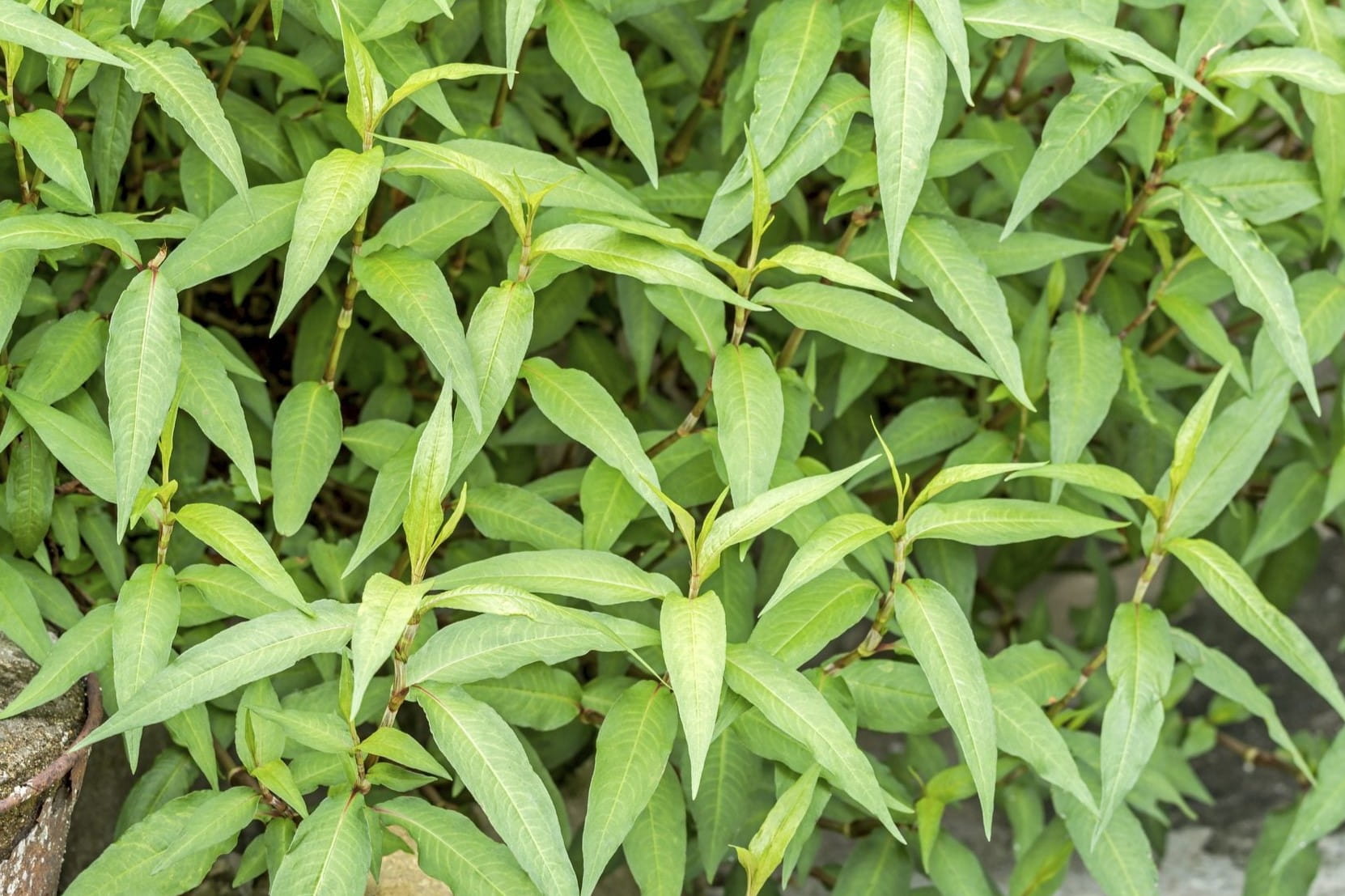
Vietnamese coriander, also known as Persicaria odorata, is a popular herb in Southeast Asian cuisine. Its unique flavor, often described as a mix of cilantro and mint, makes it a staple in many dishes. But what else do you know about this intriguing plant? Did you know that Vietnamese coriander is not only used in cooking but also has medicinal properties? It's true! This herb is believed to aid digestion and reduce inflammation. Additionally, it thrives in warm, humid climates, making it perfect for tropical gardens. Curious about how to grow and use this versatile herb? Keep reading to uncover 15 fascinating facts about Vietnamese coriander that will surprise you!
Key Takeaways:
- Vietnamese coriander, also known as Persicaria odorata, is a unique herb with a citrusy and peppery flavor, perfect for adding a burst of taste to dishes like Vietnamese pho and fresh spring rolls.
- This versatile herb not only enhances the flavor of dishes but also offers health benefits, including antioxidants, anti-inflammatory properties, and digestive benefits. It also holds cultural significance in Southeast Asian traditions, symbolizing prosperity and good fortune.
What is Vietnamese Coriander?
Vietnamese coriander, also known as Persicaria odorata, is a popular herb in Southeast Asian cuisine. Known for its unique flavor and aroma, this herb is a staple in many dishes. Let's dive into some fascinating facts about this versatile plant.
-
Vietnamese coriander is not related to traditional coriander. Despite its name, it belongs to the Polygonaceae family, unlike the common coriander, which is part of the Apiaceae family.
-
This herb is also called "rau r?m" in Vietnamese. In other regions, it's known as Vietnamese mint or Cambodian mint.
-
The flavor of Vietnamese coriander is a mix of citrus and pepper. It has a slightly spicy, lemony taste, making it a perfect addition to salads and soups.
Growing Vietnamese Coriander
Growing this herb can be quite rewarding. It thrives in warm, humid climates and can be grown both indoors and outdoors.
-
Vietnamese coriander prefers moist soil. It grows best in well-drained, fertile soil with plenty of organic matter.
-
This plant loves the sun but can tolerate partial shade. It needs at least six hours of sunlight daily to flourish.
-
Vietnamese coriander can be propagated through stem cuttings. Simply cut a healthy stem, place it in water until roots develop, then plant it in soil.
Culinary Uses of Vietnamese Coriander
This herb is a culinary gem, adding a burst of flavor to various dishes. Here are some ways it's used in cooking.
-
Vietnamese coriander is a key ingredient in Vietnamese pho. It adds a unique flavor that complements the broth and other ingredients.
-
It's often used in salads and fresh spring rolls. The herb's fresh, peppery taste enhances the overall flavor profile of these dishes.
-
In Cambodian cuisine, it's used in fish amok, a traditional fish curry. The herb's distinctive taste pairs well with the rich, creamy curry.
Health Benefits of Vietnamese Coriander
Beyond its culinary uses, Vietnamese coriander offers several health benefits. It's packed with nutrients and has been used in traditional medicine for centuries.
-
Vietnamese coriander is rich in antioxidants. These compounds help protect the body from damage caused by free radicals.
-
It has anti-inflammatory properties. The herb can help reduce inflammation and may be beneficial for conditions like arthritis.
-
Vietnamese coriander is known for its digestive benefits. It can help alleviate stomach issues and improve overall digestion.
Cultural Significance of Vietnamese Coriander
This herb holds cultural importance in various Southeast Asian countries. It's not just a culinary staple but also a symbol in some traditions.
-
In Vietnam, Vietnamese coriander is often used in traditional medicine. It's believed to help with various ailments, from digestive issues to fever.
-
The herb is also used in religious ceremonies. In some cultures, it's offered to deities during rituals and festivals.
-
Vietnamese coriander is a symbol of prosperity and good fortune. In some traditions, it's believed that growing this herb in your garden brings luck and abundance.
Final Thoughts on Vietnamese Coriander
Vietnamese coriander, also called rau r?m, is more than just a kitchen staple. Its peppery flavor and medicinal properties make it a versatile herb. Whether you're adding it to soups, salads, or even using it for its health benefits, this herb packs a punch. It's easy to grow, needing just a bit of water and sunlight, making it a great addition to any garden. Plus, its antioxidant and anti-inflammatory properties can boost your well-being. Next time you're cooking or looking for a natural remedy, consider reaching for Vietnamese coriander. This herb is a small but mighty addition to your culinary and health toolkit. So, why not give it a try? You might find it becomes a favorite in your kitchen and garden.
Frequently Asked Questions
Was this page helpful?
Our commitment to delivering trustworthy and engaging content is at the heart of what we do. Each fact on our site is contributed by real users like you, bringing a wealth of diverse insights and information. To ensure the highest standards of accuracy and reliability, our dedicated editors meticulously review each submission. This process guarantees that the facts we share are not only fascinating but also credible. Trust in our commitment to quality and authenticity as you explore and learn with us.


